fOverall, traffic fatalities are decreasing. According to provisional figures from the Federal Statistical Office on Thursday, fewer people lost their lives in the first half of 2019 in traffic accidents than in the same period last year.
However, in the first five months of the year, the number of bicyclists killed on the road reached the highest level since 2010. Between January and May 2019, 158 cyclists lost their lives, 16 (11.3 percent) more than in the same period last year.
Newly introduced e-scooters, which many consider to have a high accident potential, are not yet included in the statistics. The scooters, first allowed on Germany's roads this June, are expected to be included in 2020.
READ ALSO: 'Improve cycling infrastructure': Can Germany cope with electric scooters?

E-scooter riders in Berlin. Photo: DPA
‘This development will continue’
The statistical office counted 1,465 people killed in traffic accidents in the first half of 2019. That was 40 fewer than in the same period last year, a decrease of 2.7 percent.
The number of injuries decreased by 5.1 percent to 178,544. By contrast, the total number of accidents rose slightly by 0.4 percent to just under 1.3 million. With 1.16 million accidents, property damage remained virtually the same (an increase of 1.1 percent).
In the first five months of the year, the number of motorcyclists killed fell by 44 to 172, a drop of 20.4 percent.
The number of people killed in car accidents stood at 529, or 31 (5.5 percent) fewer than the same period last year. The number of pedestrians killed remained unchanged at 173.
In view of the increased number of cyclists killed, Siegfried Brockmann, Head of Accident Research for Insurers (Gesamtverband der Deutschen Versicherungswirtschaft/Berlin), fears “that this development will continue”.
Factoring in pedelecs
One reason for this is the infrastructure, especially in urban areas. “Bicycle traffic is growing faster than local authorities are keeping up with. Cities and municipalities have to make a massive effort here,” said Brockmann.
Another particular problem are pedelecs (pedal electric cycles), said Brockmann, which are included in the statistics for bicycles with a speed of up to 25 kilometres per hour.
“The number of pedelecs will increase. That's a huge problem,” said Brockmann.
He added that the number of fatalities for pedelecs – low powered e-bikes with speeds typically not exceeding 25 km/h – is twice as high than among normal cyclists.
The Allgemeine Deutsche Fahrrad-Club (ADFC/Berlin) sees a similar situation.
“Germany must now step up a gear in the expansion of the bicycle infrastructure; otherwise we will constantly get such bad news,” said Federal Managing Director Burkhard Stork.
More 'Tempo 30' areas
“We urgently need more ‘Tempo 30’ (speed limit zones of 30 km/h) in the cities, fast expansion programs for protected cycle paths on main axes and above all: protected crossings! Crossroads are the most dangerous points for cyclists”.
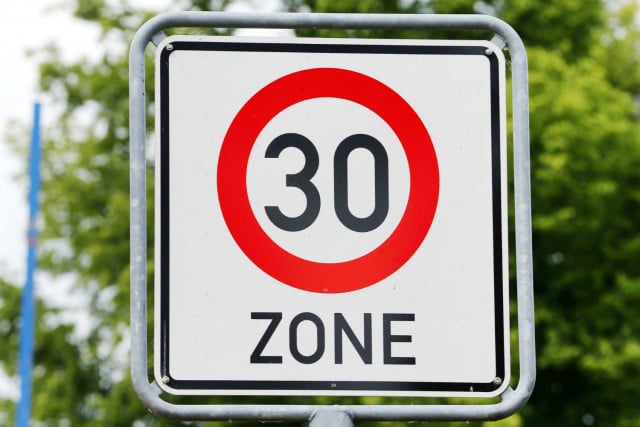
A 'Tempo 30' sign in Hagenow, Mecklenburg-Western Pomerania. Photo: DPA
About two thirds of all bicycle accidents are collisions with cars, said Stork.
In the vast majority of cases (75 percent), the main culprit is the motorist. The ADFC therefore is pushing for “special attention to crossroads and junctions when expanding the cycling infrastructure,” he added.
According to Brockmann, the drop in the total number of accident fatalities in the first half of the year does not necessarily mean that at the end of the year this number will be lower than in 2018, when 3,275 fatalities were registered.
Vocabulary
To die/to lose one’s life – ums Leben kommen
The cause – (die) Ursache
Rudimentary/basic – elementar
Cyclist – (der) Radfahrer/(die) Radfahrerin
To include – erfassen
To push for/demand – fordern
We're aiming to help our readers improve their German by translating vocabulary from some of our news stories. Did you find this article useful? Do you have any suggestions? Let us know.

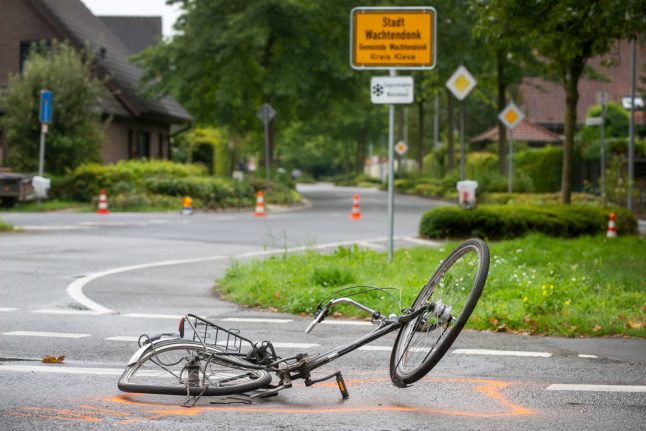
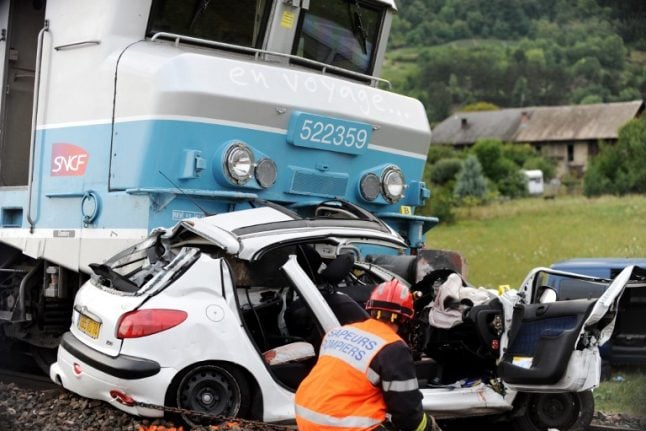
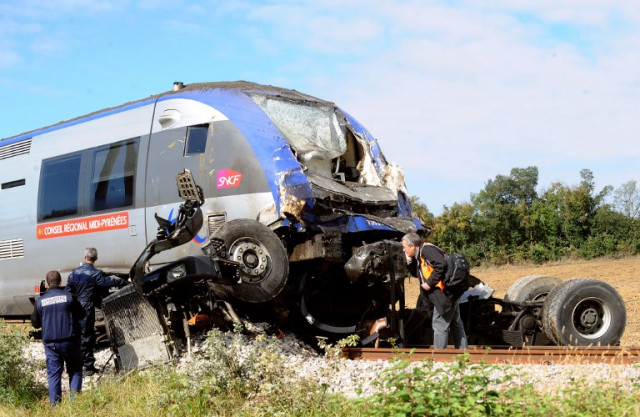
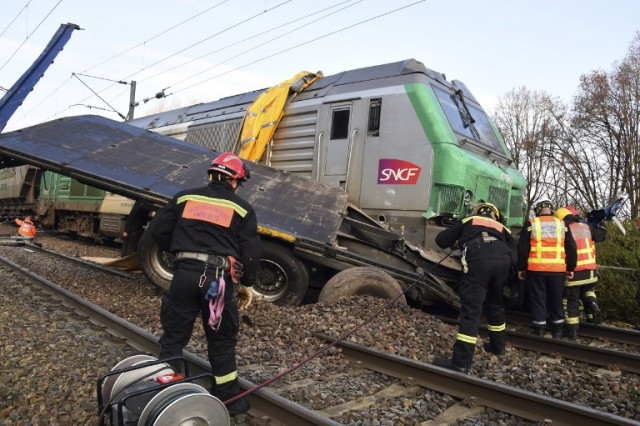
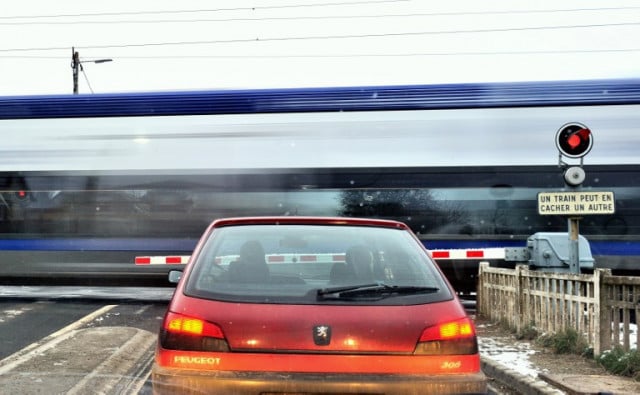
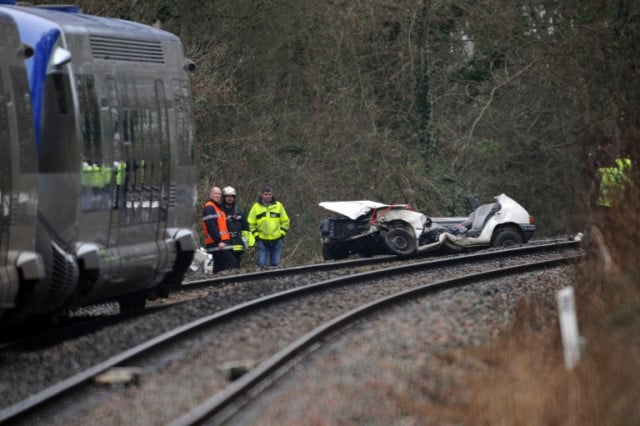
 Please whitelist us to continue reading.
Please whitelist us to continue reading.
Member comments